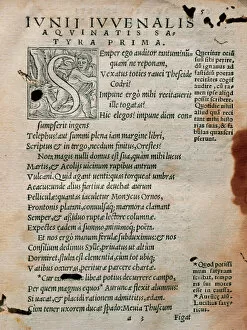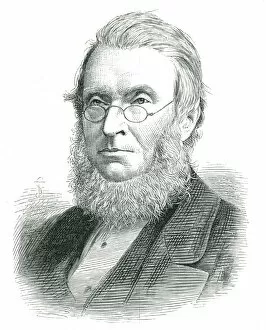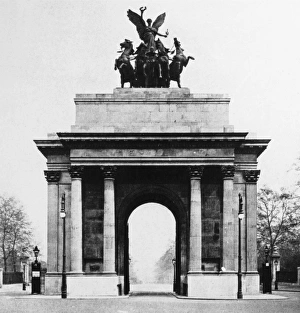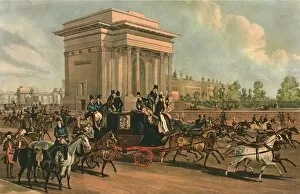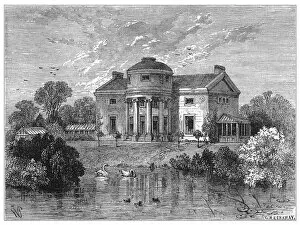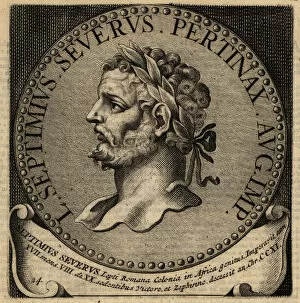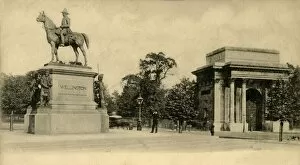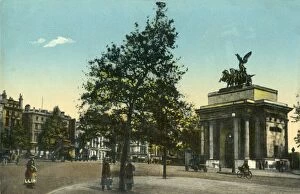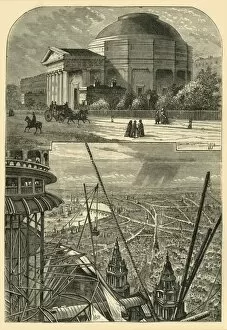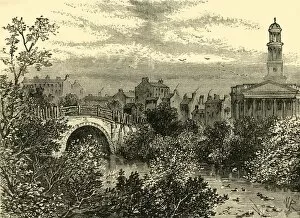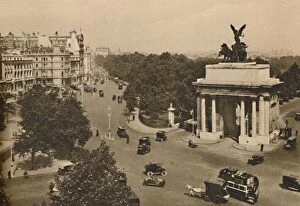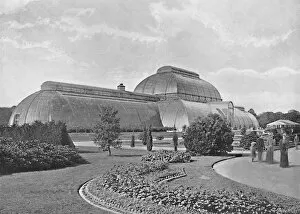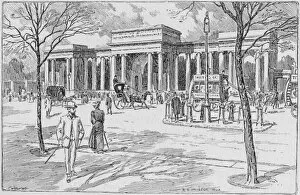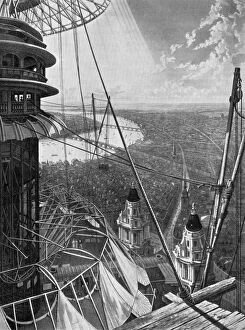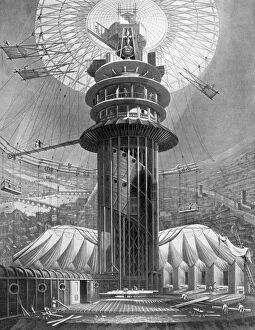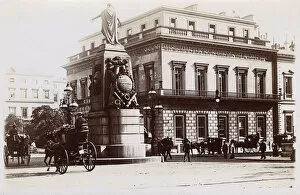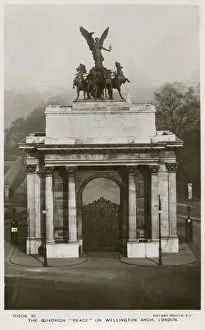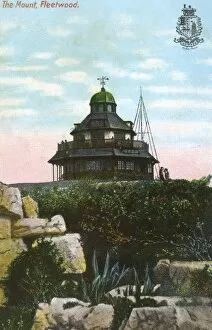Decimus Collection
"Decimus: A Journey through Time and Space" Step into the world of Decimus, a captivating blend of history, literature, and iconic landmarks
All Professionally Made to Order for Quick Shipping
"Decimus: A Journey through Time and Space" Step into the world of Decimus, a captivating blend of history, literature, and iconic landmarks. Inspired by Juvenal's Satires, this enchanting tale takes you on an adventure like no other. Begin your expedition at Wellington Arch on Constitution Hill in London. As you stand beneath its majestic structure, imagine the echoes of ancient Roman emperors who once ruled with power and authority. Their portraits come to life before your eyes - Gordian II and Septimius Severus reign supreme. Continue your voyage along The Leas in Folkestone, Kent. Feel the salty breeze from the English Channel as it whispers tales of long-forgotten civilizations. Here lies a hidden connection to Decimus' past that will unravel secrets untold. Transport yourself to Hyde Park Corner in 1838 through a vintage photograph captured by J Harris. Picture horse-drawn carriages passing by as people gather for King George V's state funeral. Amidst the somber atmosphere, Decimus emerges as an enigmatic figure shrouded in mystery. As you traverse The Holme in Regents Park, immerse yourself in its tranquil beauty while contemplating Decimus' purpose and destiny. Is he merely a pawn or does he hold the key to unlocking ancient wisdom? The journey continues with Gustave Doré's depiction of Hyde Park Corner's Piccadilly Entrance in 1872 - bustling with activity and energy. Can you spot Decimus amidst this vibrant scene? His presence is both elusive yet undeniable. Finally, gaze upon Wellington Arch and Quadriga during World War I; witness how time has transformed these landmarks but not their significance. They stand tall as symbols of resilience and triumph over adversity - just like our enigmatic protagonist himself. Piccadilly from Hyde Park Corner beckons us back to c1915; we bid farewell to Decimus but carry his spirit within us.

